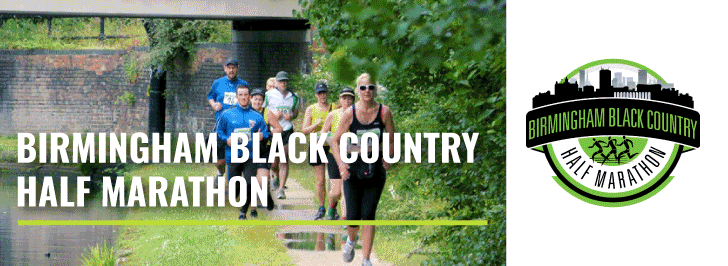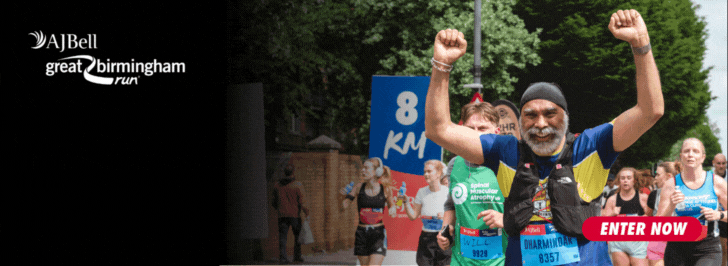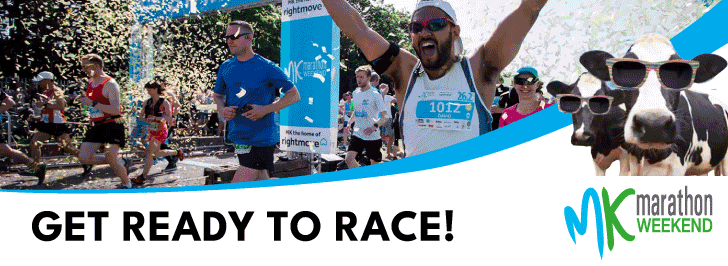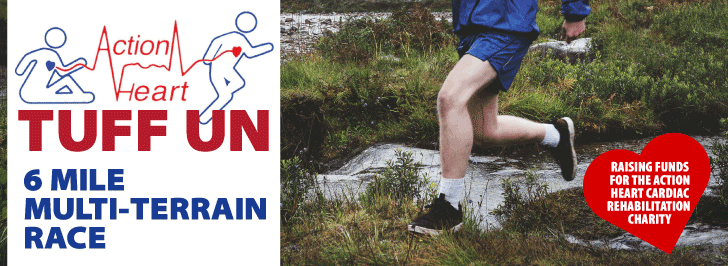
Beat Injury This Summer
Make sure your summer of running doesn’t come to an injury provoked standstill by reading our top tips for staying in tip top condition...
Injury - the worst word in a runner’s vocabulary. There are few more depressing times in a runner’s existence than missing races or underperforming due to injury. A high percentage of runners train to race. Indeed having a goal can be the single driving force behind getting out and training. So when forced to miss a half marathon you have been aiming for, or a hoped for 10K time is out of reach due to injury, it can really get you down.
It’s easy to fall into the trap of believing that you were simply unlucky, that fate dealt you a bad hand. Sometimes this is true, an untimely trip or fall can put paid to your grand plans, and most runners will suffer from injury at some point. But generally speaking, most injuries are avoidable and with a smarter approach, can be averted or at least - better managed. Here are some areas worth exploring to make sure your running life is not ruined by injury.
Prehab
Prehab refers to conditioning the body before injury as opposed to rehab, when injury has already struck. There are several exercises you can undertake to help build a more injury proof body. These exercises promote better integration between muscle groups and greater support for muscles under particular strain during running. They also increase running efficiency, by improving balance and stabilisation. Good examples are side lunges, forward lunges, oblique twists, squat jumps and the plank.
Shoes
Buying your shoes is the single most important running purchase. Don’t pick shoes according to your favourite brand, coolness and colour won’t console you if injury strikes. Always go to a specialist running shop and take your time finding the right shoe with an in-house expert.
Stretching
Imagine a Highland Toffee bar - a stretchy caramel that left in the fridge becomes brittle and hard. Think of your muscles as the toffee, if they are not warmed up, they are stiffer and more vulnerable to breaking – ultimately leaving you much more vulnerable to injury. Contrastingly when warm and supple, they are more likely to cope with the flexibility running requires.
For legs, get into a pre-run routine that includes a quadriceps stretch (front thigh), hamstring stretch (back thigh), piriformis stretch (hip), gastroc stretch (back calf), soleus stretch (front calf). Bookend your run with stretches. Don’t neglect the post-run stretch, it’s important to ease the muscles back to normality too. And don’t feel it has to be a chore, it’s easy to perform your stretches at home in front of the TV before or after a run. Start the warm-down process in the last five minutes of your run by jogging, then walk-jog home.
Core Strength
Working on core strength has become one of the most chronicled areas of distance running training in the last decade. With the twin benefits of injury prevention and greater running efficiency, it’s an area that should be built into training programmes for runners of any standard.
Core strength training concentrates on the trunk of the body from below the armpits down to the hips. By developing core strength you will retain a good running posture throughout races and be more efficient, enabling you to reach the finish line fitter and faster.
Good exercises are the bridge, the plank, the side plank, the superman, the oblique crunch and the straight leg raise. Take a look at our core strength article here for more information on these core strength exercises.
Diet
With the right fuel in your tank you really can help to ward off injury. It’s well known that carbs are critical for fuelling exercise whilst proteins are crucial for muscle repair post-workout. But to manage overall health and avert the likelihood of illness ruining your running, it’s important to have a good all-round diet which incorporates vitamins and minerals.
Strenuous exercise can test the immune system, so it is important to equip it with all the tools to see off colds, flu and other viruses. Good meals to build into your diet are chicken soup and hot and spicy foods which can clear congestion and provide good hearty nutrition.
Ingredients to seek out as you construct your weekly diet include ginger (lowers cholesterol), citrus fruit (cold viruses hate vitamin C), garlic (anti-oxidant powers) and non-caffeine or sweetened fluids (for hydration).
Alternate Training
Rather than pounding the roads every night, consider taking yourself off-road to a local park, forest or beach. Running is a weight-bearing exercise which puts knees and ankles under strain. By running on a terrain where there is more give, you will allow your joints and muscles a better chance of avoiding injury. You will also recruit more muscles as balance becomes more of an issue.
Cross training is also a good alternative, activities such as rowing, swimming and cycling will give you a good cardio workout while avoiding injury. By getting away from the road for a while you will also keep a freshness about your training routine.
Keep It Steady
One of the most common ways that people new to running are tripped up is from over-doing it. It is easy to get hooked on running and if you discover a joy in it, then it’s very easy to overdo things before your body can properly adapt.
As a rule, if you are increasing your training load, only do so by a maximum of 10% per week. Use a running log and don’t make excessive jumps in mileage or time, the chances are you will get injured. The body will adapt to moderate increases, but will almost certainly break down if asked to make major jumps. The very best athletes in the world are at the top because they have made gradual increases for 20 years not because they suddenly went at hammer and tongs a couple of years ago.
Conclusion
Following these principles won’t make you bullet proof, but you should keep injury at arm’s length. It’s also worth taking time to look other running equipment other than shoes. Paula Radcliffe always wore compression socks for instance, the principle is sound and they are well worth a go. The virtues of massage are also undeniable. Take note and don’t let injury be the main characteristic of your running career.
Image: Running on surfaces such as sand will ease the strain on your knees and ankles. Courtesy Saucony.








